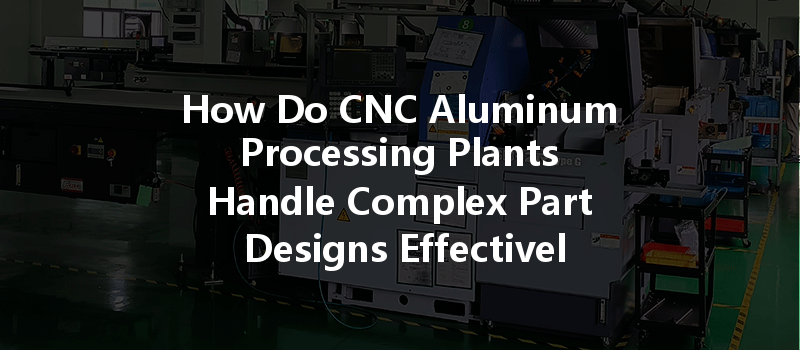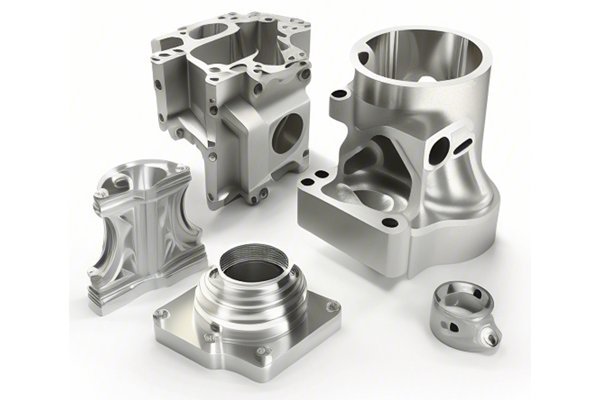Opening
Did you know that the demand for aluminum components in advanced industries, such as aerospace and automotive, has surged by over 25% in the past decade? As industries push the boundaries of engineering performance and innovation, aluminum has become a go-to material due to its lightweight properties and excellent strength-to-weight ratio. However, producing complex aluminum parts that meet stringent specifications is no small feat. This challenge raises an intriguing question: How do CNC aluminum processing plants effectively and efficiently handle these intricate designs amidst increasing demands?
Understanding the Complexity of CNC Aluminum Processing
CNC (Computer Numerical Control) machining represents a paradigm shift in manufacturing, providing the precision and repeatability needed to fabricate complex geometries from aluminum blocks. The challenge lies not just in the machinery but in understanding the complexities of various designs and how they interact with the characteristics of aluminum.
The Role of CAD/CAM Software
At the heart of CNC machining efficiency is Computer-Aided Design (CAD) and Computer-Aided Manufacturing (CAM) software. These advanced tools allow engineers and machinists to create and simulate complex part designs virtually. CAD software enables designers to develop intricate geometries, while CAM software translates these designs into machine code, dictating the exact movements of the CNC machines.
Advanced CNC Machines
Modern CNC machining centers equipped with multi-axis capabilities are essential for handling complex aluminum parts. Unlike traditional CNC machines that typically operate on three axes, multi-axis machines can manipulate parts in up to five axes simultaneously.
Material Optimization
The unique properties of aluminum also play a role in how CNC plants manage complex designs effectively. Different grades of aluminum possess varying properties, such as malleability, tensile strength, and thermal conductivity. Understanding these properties helps in selecting the appropriate aluminum alloy for a specific application.

Quality Assurance and Validation
Quality assurance is paramount in CNC machining, particularly when handling complex designs. Stringent inspection processes are established to ensure that even the most intricate parts meet design specifications.
Workforce Training and Development
Even with the best machines and software, the success of CNC aluminum processing relies heavily on a skilled workforce. Continuous training and development programs ensure that employees are up-to-date with the latest technologies and methodologies.
Efficiently handling complex aluminum part designs in CNC processing plants involves a combination of cutting-edge technology, rigorous quality assurance practices, skilled personnel, and strategic material selection. By utilizing integrated CAD/CAM systems, advanced multi-axis machinery, and real-time monitoring techniques, manufacturers can meet the growing demand for intricate aluminum components without compromising on quality.
The significance of this process cannot be understated, especially as industries continue to evolve and incorporate more advanced engineering solutions. Understanding the core technologies behind CNC aluminum processing not only highlights the sophistication of modern manufacturing but also underlines the importance of efficiency and precision in today’s competitive landscape. As we look toward the future, emphasizing these methodologies will be crucial in sustaining innovation and meeting the challenges of complex part designs.
Whether you are an industry professional or a curious reader, contemplating the intricacies of CNC aluminum processing enriches your understanding of manufacturing advancements and their implications for economic growth and technological progress.
Related Posts
- How does the choice of tool material in CNC machining impact the accuracy and quality of finished parts?
- How Does 5052 Aluminum CNC Machining Enhance Precision and Efficiency in Manufacturing?
- What are the performance differences between 17-4PH stainless steel and 303 stainless steel in CNC machining?






